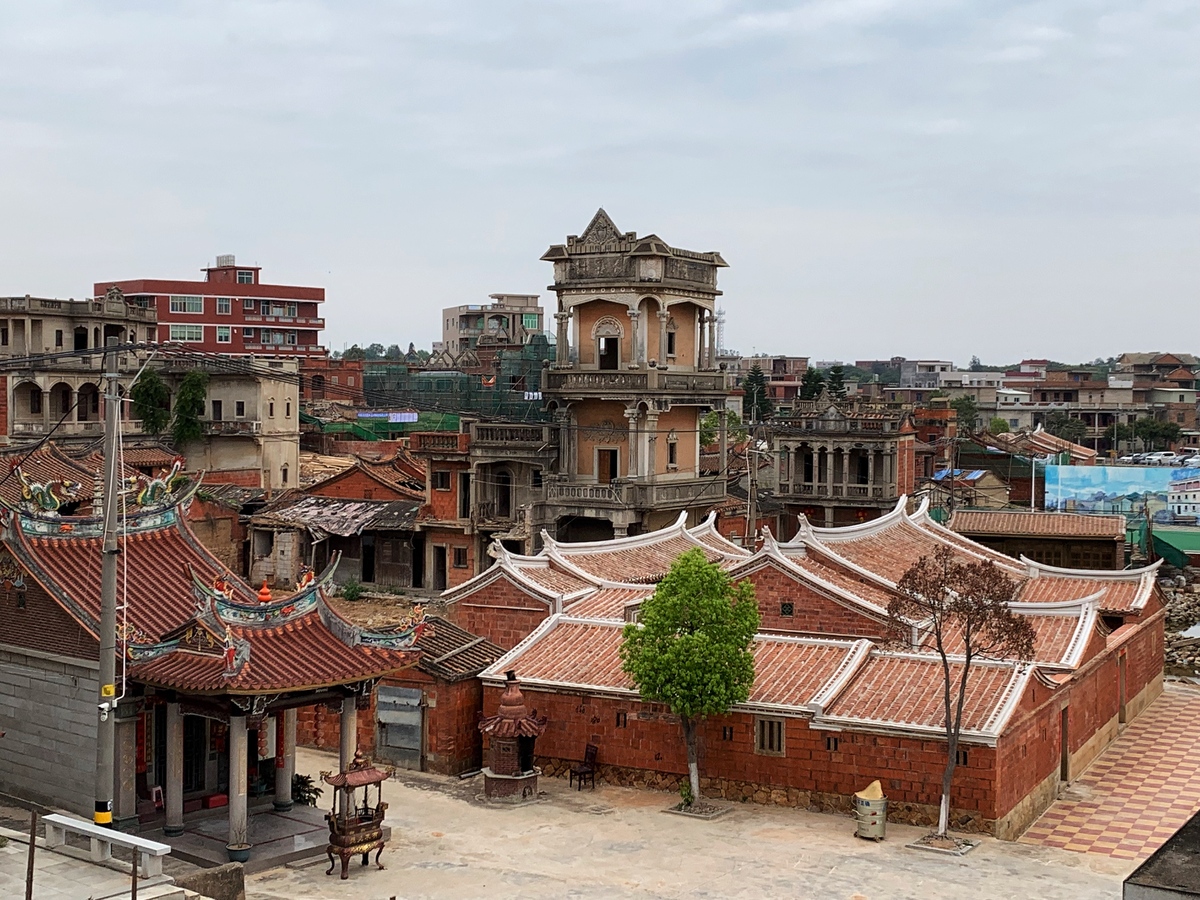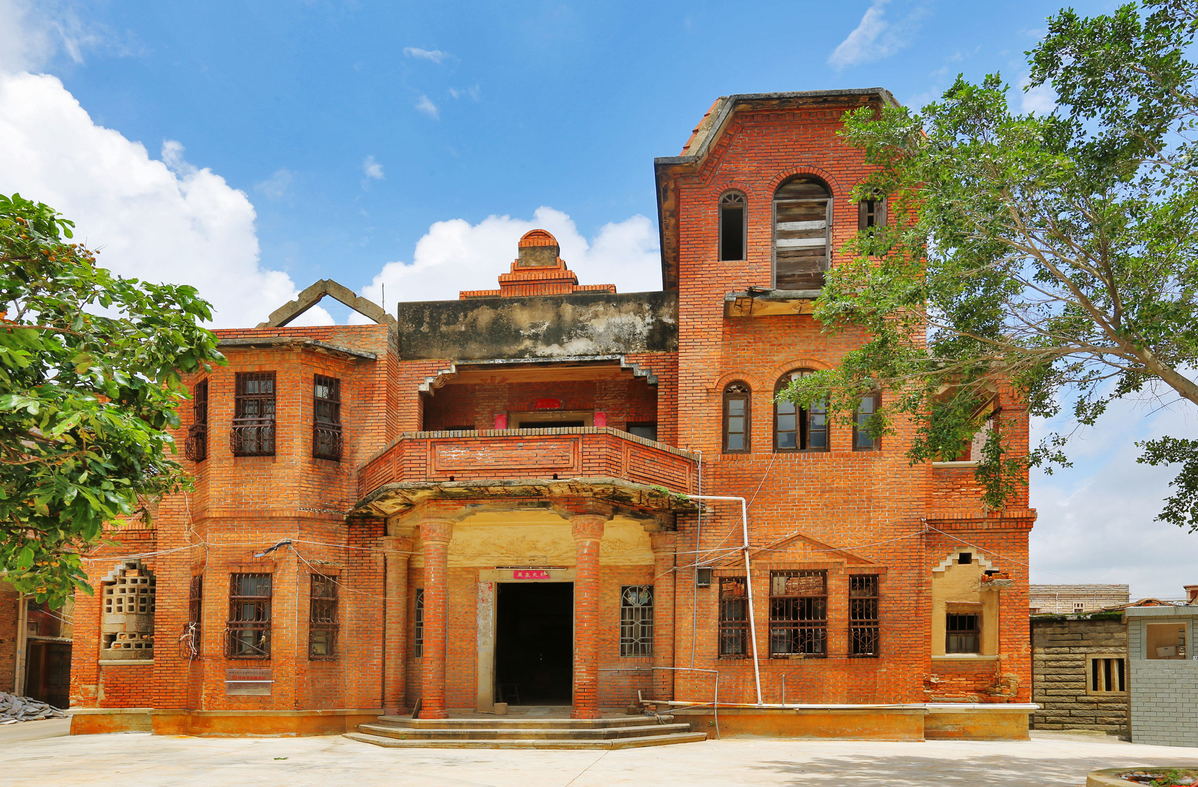 |
|
The 1-square-kilometer village of Wulin in Fujian province features foreign architecture dating back to about a century ago. [Photo provided to China Daily] |
Most people wouldn't imagine a place like Wulin village exists. It not only does but also is drawing a growing number of travelers, who come to see its unlikely structures.
Indeed, it's extremely rare in the country to find a rural settlement like the one 15 minutes' drive from Fujian province's Jinjiang city's downtown that features foreign architecture dating back to roughly a century ago.
Some buildings in the 1-square-kilometer hamlet feature Romanesque and Gothic styles. Some carry Southeast Asian elements. And some are typical of Fujian's south.
They were built by Chinese who returned from such Southeast Asian countries as Malaysia and Singapore.
Some weren't yet completed during the Minguo period (1912-49), when their owners joined the War of Resistance Against Japanese Aggression (1931-45).
A standout is the three-story Xiuyang Building, constructed as a watchtower in 1934.
 |
|
The post office that opened in 1938. [Photo provided to China Daily] |
Today, it offers travelers a panoramic view of the settlement. The outer wall is pocked with bullet holes.
Wulin is home to more than 1,800 villagers and the place of ancestry of about 15,000 Chinese living abroad.
It was named a "traditional Chinese village" by the Ministry of Housing and Urban-Rural Development in 2016, and local authorities have been working to make it a destination.
"The whole village used to be in ruins, and many of those buildings were in shabby condition," says Cai Huangyi, a senior official in Wulin.